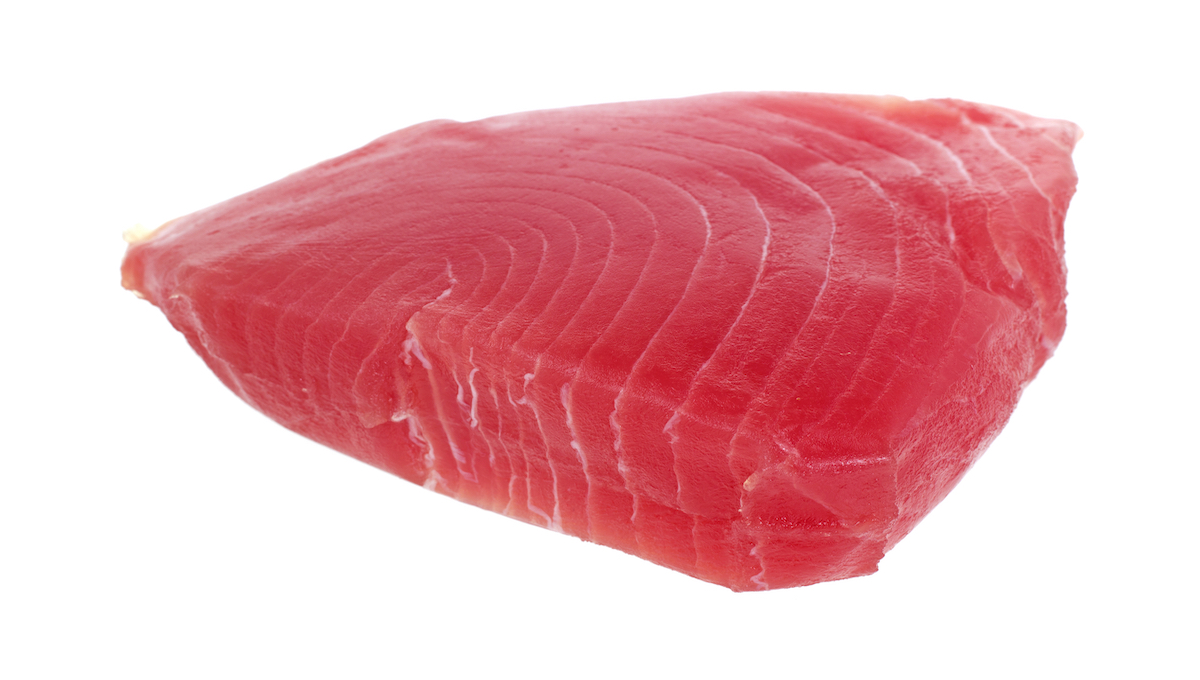
The European Commission has put maximum levels on three additives in tuna to tackle food fraud. The excessive levels can expose consumers to the risk of histamine, also known as scombroid, poisoning, said the Commission.
The limits apply to the use of ascorbic acid, sodium ascorbate and calcium ascorbate as antioxidants in tuna. The regulation comes into force at the end of this month.
Previously, no maximum level was listed for these food additives and they were used as part of good manufacturing practice, at a level no higher than needed to achieve the intended purpose and provided the consumer was not misled.
Following food fraud investigations, national authorities have reported cases where tuna loins sold as fresh contained the additives in amounts higher than what is considered necessary to achieve the typical antioxidant effect on fresh tuna. Officials suspect they are being used on tuna for canning to restore the color and place fish on the market as fresh.
Use of the food additives in high amounts to artificially restore the color of fresh tuna flesh gives an opportunity to deceptively market tuna for canning as fresh, selling it at a higher price, misleading consumers and exposing them to the risk of histamine, also known as scombroid, poisoning, said the Commission.
In 2018, an operation in 11 EU countries found that tuna intended for canning was illegally treated with chemical substances that altered its color to give the impression of freshness. In total, 51 tons were seized and more than 380 samples were taken. In 2020 in Belgium, 16 of 29 tests on tuna were non-compliant for amounts of ascorbic acid.
Additive limit set
In unprocessed fish, antioxidants help to slow down discoloration of flesh and rancidity development. Consumers link freshness to the naturally red color of fresh tuna flesh.
Thawed tuna loins marketed as fresh tuna should be from tuna frozen below – 18 degrees C (- 0.4 degrees F) after fishing, while other thawed tuna loins must be used only for canning.
Countries, led by Spain, asked the Commission to set a maximum limit for the food additives as antioxidants in thawed tuna sold as fresh (unprocessed) or marinated tuna (processed).
A maximum level of 300 milligrams per kilogram was put forward. This is the highest amount reported by industry in a previous European Food Safety Authority (EFSA) opinion.
This level aims to ensure there is still room for legitimate use when following good manufacturing practices.
Meanwhile, the Commission has made changes to its audit plans for the coming years.
Based on results from previous controls and country compliance with EU poultry targets, there is no need for specific audits on Salmonella national control programs in 2023. Commission oversight of export controls is also no longer deemed to be a priority. There will be no audits on the sustainable use of pesticides because of ongoing discussions around regulation.
Controls on organic production and the monitoring of antimicrobial resistance in zoonotic and commensal bacteria will start in 2023. Animal welfare of cattle for meat production and fish on farms will be another focus.
(To sign up for a free subscription to Food Safety News, click here.)
